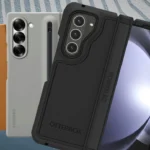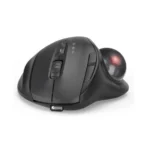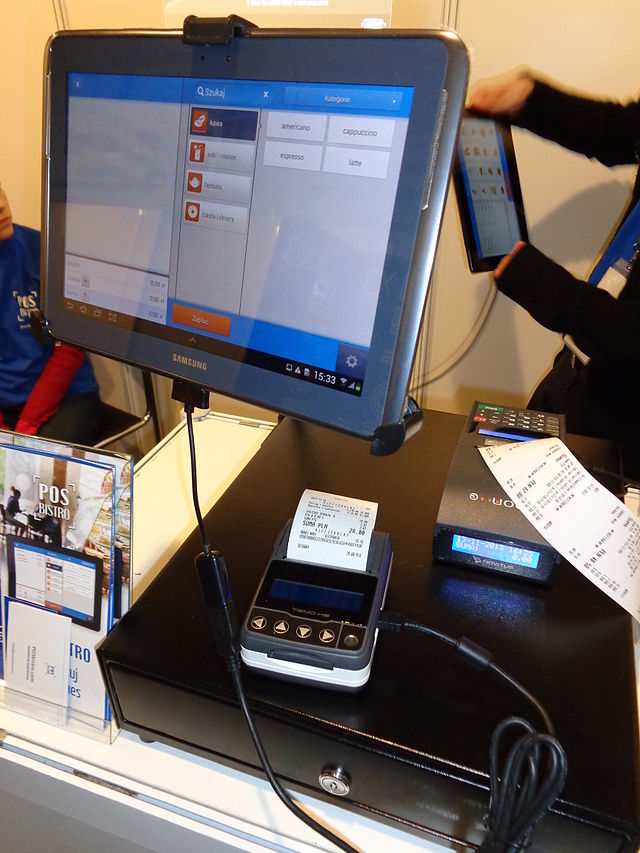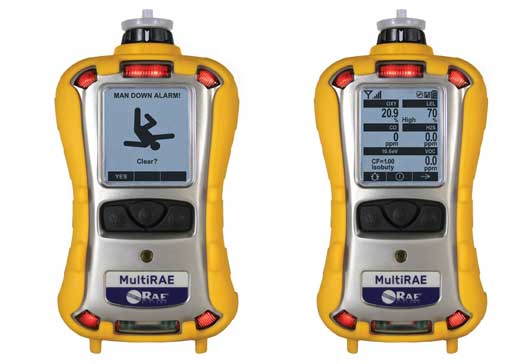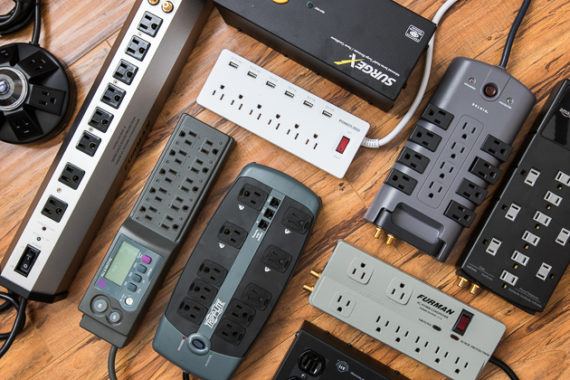Motherboards of this time have mostly EEPROM BIOS chip that are able to reprogram. These chips are also known as flash ROM or PROM, flashing is the process that is used to update this chip.

In case, your BIOS chip isn’t able to be flashed, then still it can be updated easily – on condition that it’s installed in PLCC or DIP chip. It can be removed physically from the existing location and is replaced after being reprogrammed using the later BIOS version or exchanging it with BIOS chip, a new chip. Motherboard companies generally offer a service for BIOS upgrade for some limited time when a specific motherboard model is made available in market. In this time, if needed, they provide a BIOS chip containing the most recent developments.
The replacement choice may also good for some people who have actually flashable BIOS chips but also are nervous a bit! In spite of the attempts motherboard companies have created recently to make this process simple, the facts are since flashing process updates your present BIOS. There is possibility of being rendered your computer un-useable if there happened anything wrong during upgrading process or inadvertently using any wrong BIOS file.
For motherboards of old Asrock versions, there are quite a few firms that offer BIOS chip Asrock for replacement. Some companies offer BIOS chips reprogramming service but you have to send our old motherboard chip to them. Others will just deliver you an original chip with the essential details about how to install it on motherboard.
To know the basic info about your chip, you will generally need to remove all dust and stickers from chip to disclose the informations printed on chips. To remove the chip from DIP port, you need just a small smooth blade screwdriver. Use the blade at one chip’s end and softly move it awaiting it starts to move from socket.

I’m Kelly Hood! I blog about tech, how to use it, and what you should know. I love spending time with my family and sharing stories of the day with them.


